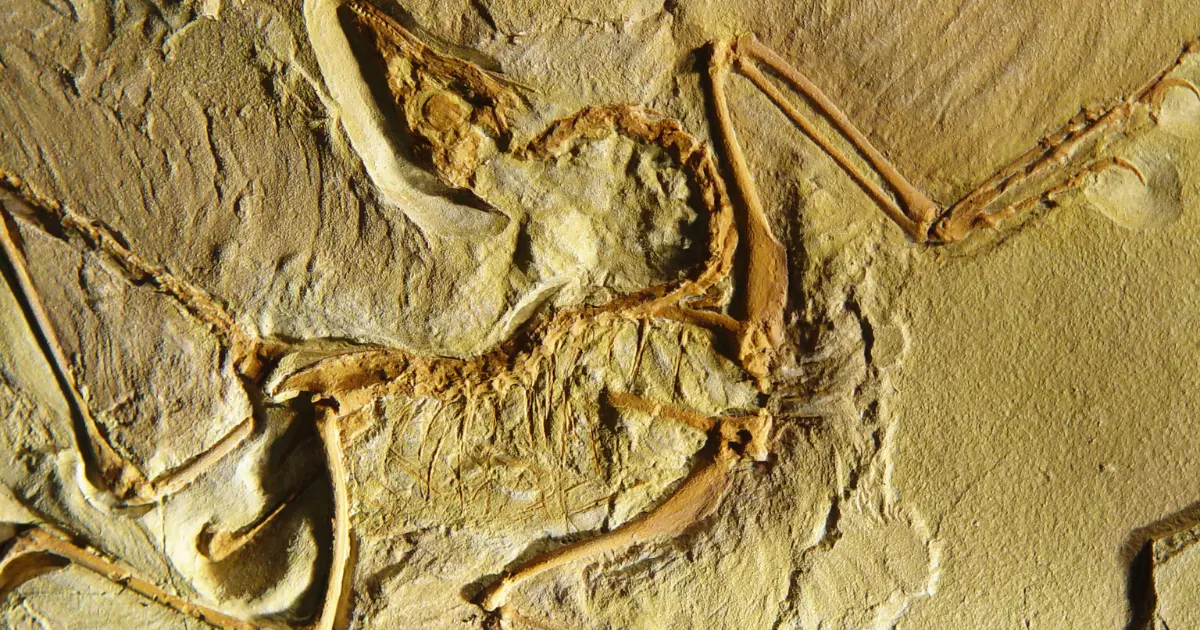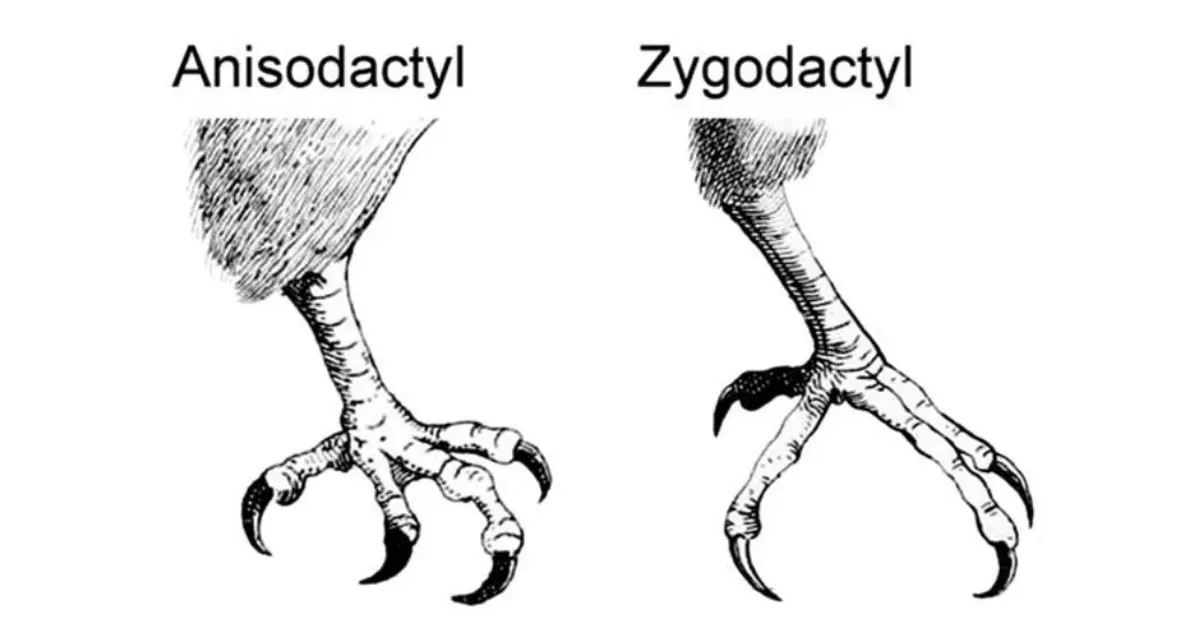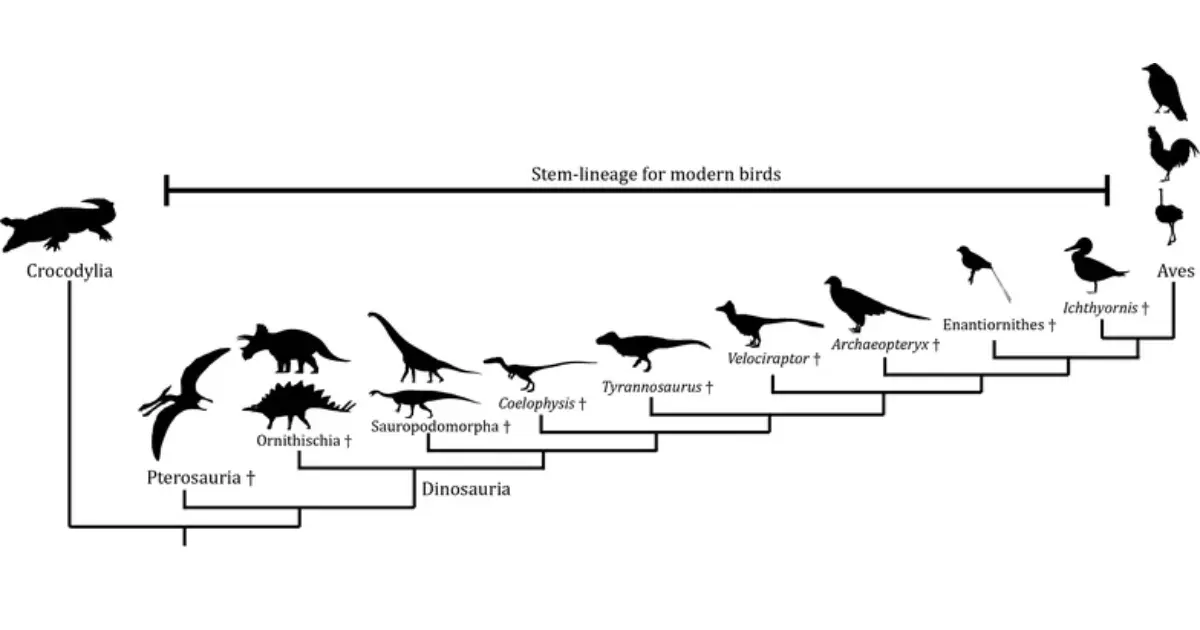Bird phylogeny is a fascinating field that studies the evolutionary relationships among different bird species through morphological and biomolecular analyses. Let's explore traditional classification methods, conserved traits, evolutionary convergences, and the impact of new technologies like DNA analysis on understanding avian evolution.
Bird Phylogeny: A Look into Avian Evolution
Bird phylogeny is a complex and captivating subject that seeks to trace the evolutionary links between different bird species. Unlike other animal groups, there is currently no single, universally accepted phylogeny for modern birds. Scientists use a variety of methods to establish these relationships, particularly through the comparison of morphological traits.
Morphology and Evolution: A Classic Method
Historically, taxonomists have attempted to uncover the evolutionary relationships among birds by comparing their morphological characteristics. For example, when comparing the skeleton of Archaeopteryx with that of a modern domestic pigeon, basic similarities suggest an evolutionary link. Adding the skeleton of the Passenger Pigeon (Ectopistes migratorius) reveals closer similarities between the two pigeons, indicating that they are more closely related to each other than to Archaeopteryx.
To learn more about Archaeopteryx as the missing link between birds and dinosaurs, check out this detailed article.

Conservation of Traits and Evolutionary Convergence
However, an apparent similarity of shared traits does not always imply a close evolutionary relationship. The order Passeriformes, which includes more than 5,000 species and represents over half of all existing bird species, forms a monophyletic group. This means that all current passerine species have evolved from a single common ancestor.
We know this because all passerine birds share unique characteristics to their order, such as the specific morphology of the uropygial gland and a helical sperm morphology. These traits are considered "conserved" because they evolved only once in the early passerine ancestor and have been retained throughout their evolution.
Conserved Traits and Their Importance in Taxonomy
In general, conserved traits that remain unchanged despite ecological adaptations are most useful in classification. In contrast, traits that readily respond to ecological selection pressures can lead to evolutionary convergence, complicating the determination of actual evolutionary relationships. For instance, the anisodactyl foot (with three toes pointing forward and one backward) is a conserved trait of passerines, while the zygodactyl foot is an example of evolutionary convergence, having evolved independently in several unrelated bird orders like raptors, woodpeckers, and owls.

From Morphology to Molecular Biology: A New Paradigm
Not all characteristics used in taxonomy are skeletal or anatomical. Comparisons of plumage, behavior, vocalizations, and even ectoparasites have been used to elucidate avian evolutionary relationships. However, the advent of biomolecular information, particularly on genes and their chemical products, has revolutionized the field.
Discover more about why birds sing and the functions of their songs in this comprehensive article.
Molecular Phylogeny: A Revolution in Progress
In 1990, Sibley and Ahlquist published a phylogeny of avian families based on DNA-DNA hybridization, directly comparing the chemical structure of the DNA of different bird species. This approach paved the way for the use of biochemical traits in avian phylogeny. Although their results did not provide a definitive avian tree, they laid the foundation for improved molecular techniques that have allowed better discrimination between taxa, particularly at the species level, through the comparison of mitochondrial DNA and nuclear gene sequences.
A Field in Constant Evolution
Despite advances, there is still no single accepted phylogeny of birds. Since the publication of the first molecular phylogenies, nearly 300 hypothetical phylogenetic trees have been proposed. The quest for a definitive phylogeny is hampered by data availability, and the trees vary depending on the method and data used for their construction.
Read more about the fascinating evolution of modern birds from dinosaurs and how this process has shaped the avian world as we know it.
-






